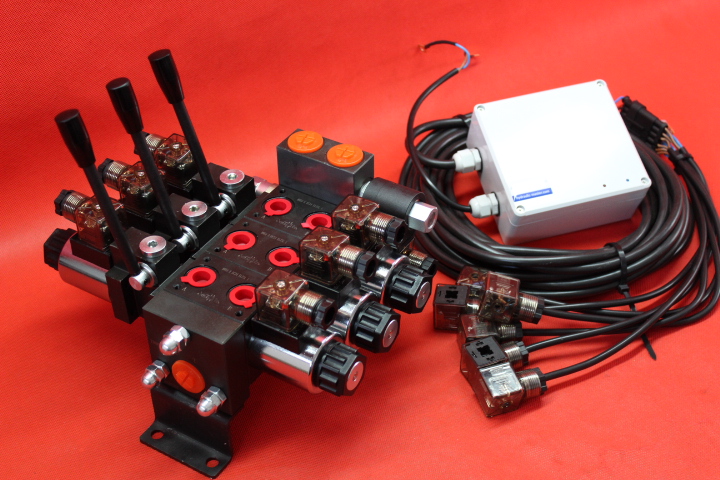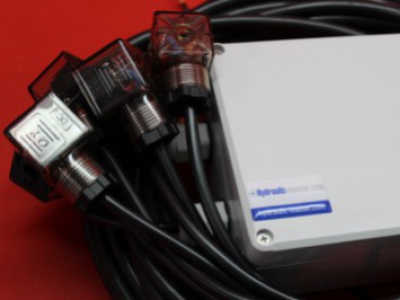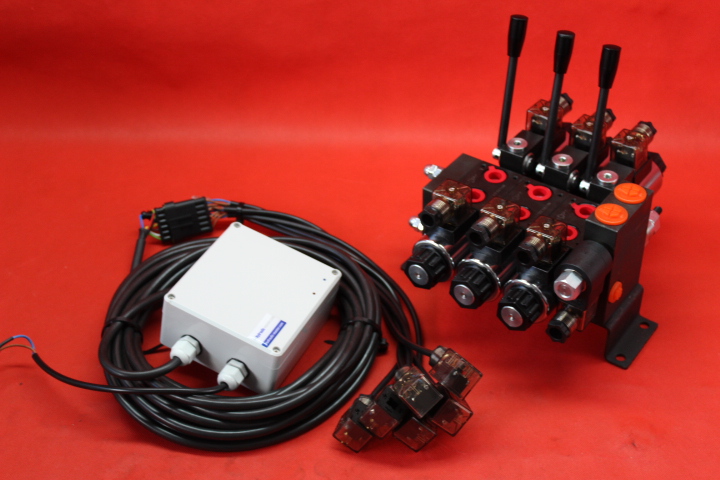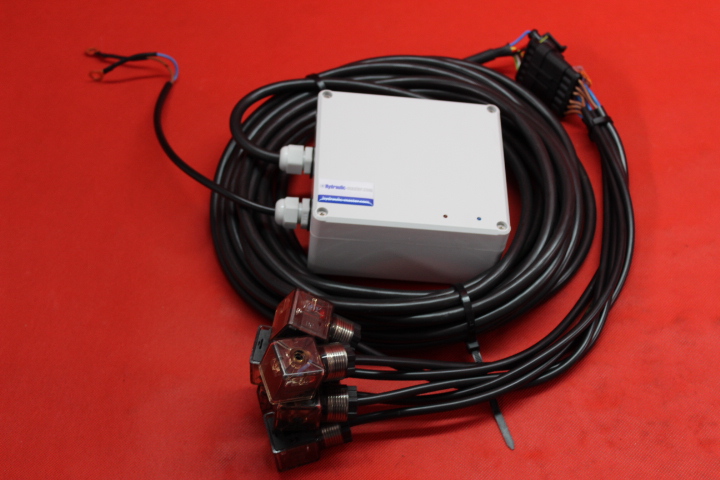Hydraulic control is an indispensable element of today's construction, agriculture, and horticultural industry. There are cable and wireless hydraulic control models and probably it would be possible to exchange and exchange them. What are hydraulic controls and what are their types? You will find out for sure in this article!
.jpg)
.jpg)
We all much more often use hydraulics than we might think. Hydraulic systems are incredibly useful and are common for example in our vehicles. Hydraulic power helps you carry heavy loads and materials in so many situations and works reliably and inexpensively. Did you know that the power steering system in your car is a hydraulic system? There are no hydraulic controls, such as a tractor or front loader, but it is a system that uses hydraulic pressure from the pump also called power steering pump to move the hydraulic cylinders which are your steering rack to help you turn the tires when the car stops.
Most of the hydraulic systems have relatively simple hydraulic control, which does not require much experience in control. For example, the hydraulic lift is very simple - you just have to press the button on the desired floor, and the elevator will take care of the rest of the work with the help of the sensor settings to move the car. If your device has such controls for the hydraulics, the buttons used to control the equipment actually control the computer or control module that remotely opens and closes the hydraulic valves and starts and stops the hydraulic pump.
In the event of a problem with the hydraulic system with electronic control, it is important to first check the electronic components before replacing the hydraulic components. Many of these control systems are very advanced or highly specialized, so it is important to contact the manufacturer for diagnostic assistance.
Other hydraulic systems that can be more complicated to use, but are simpler and therefore more reliable. Systems with levers or pedals that are manually manipulated that actually control hydraulic fluid flow have one less failure point and are often more reliable but require some practice to keep the operator moving smoothly.
If you have a manually controlled hydraulic system, there are two ways of emergency hydraulic control. First, there may be an internal failure of the hydraulic control that allows fluid to flow through the service valve. This would allow the machine without operator intervention and was extremely dangerous. The second failure is an external leak from the control valve. Leaking from the outside is a waste of liquid and causes a mess, but it is not so dangerous, that's why replacing hydraulic components may not be necessary immediately.

.jpg)
.jpg)
.jpg)


.JPG)

